News 2021
News list
-
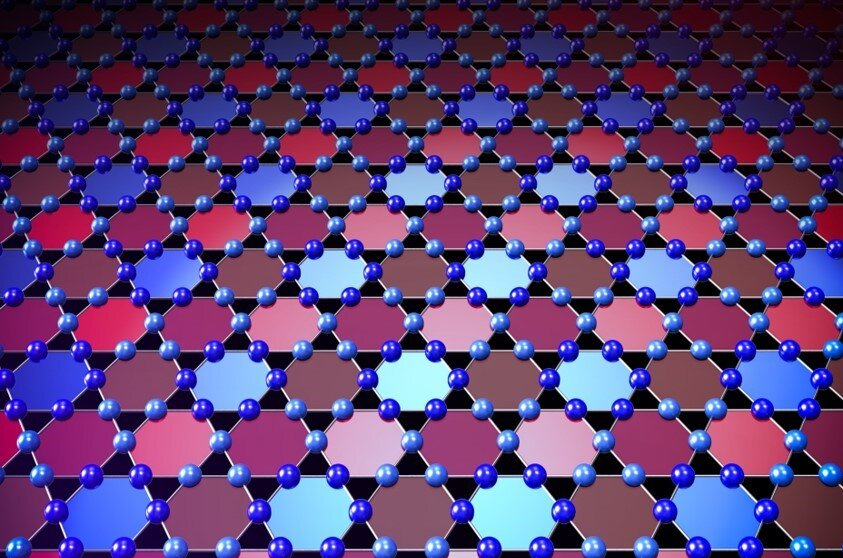
Charge order and superconductivity in kagome materials
Researchers from the group of Titus Neupert publish in Nature Physics.
-
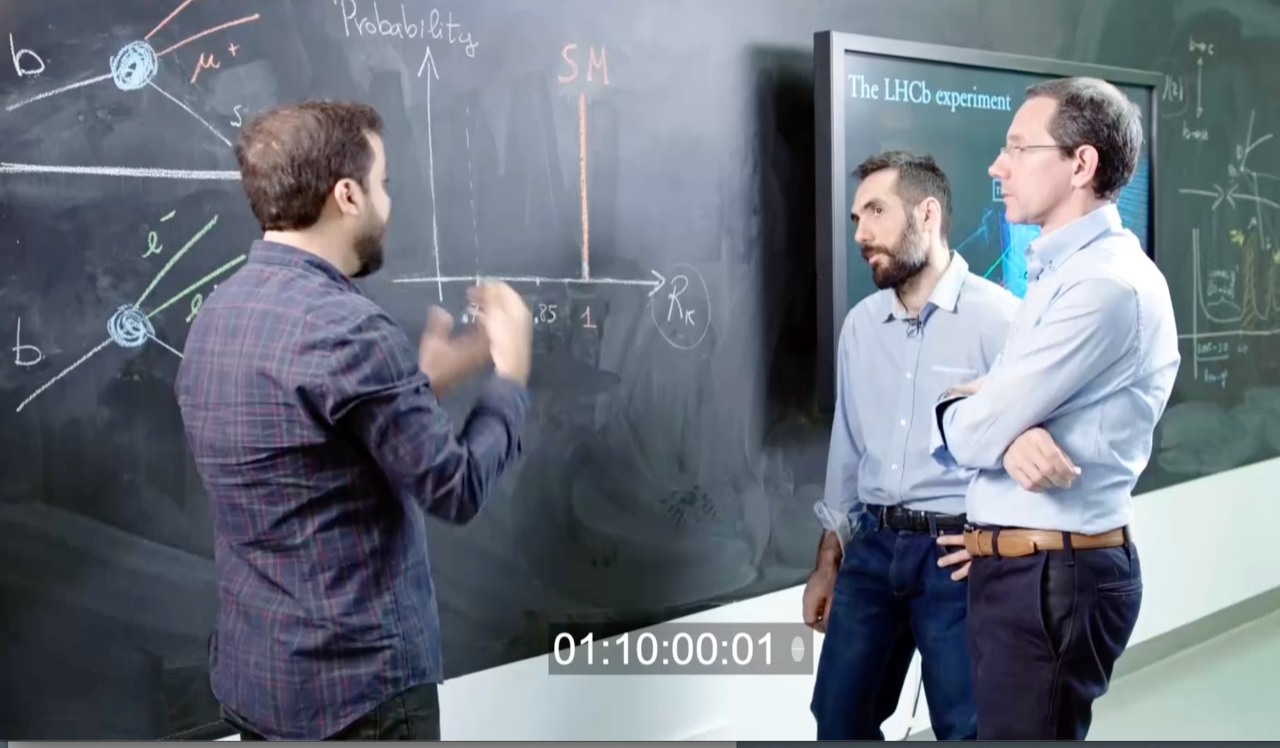
Two videos about activities at our department
Watch out: Physics Department @ RSI, Sunday, January 22, 6pm
-

RAI SuperQuark: Italian TV report on recent LHCb results
Italian TV report on the Flavour Anomalies measured at LHCb, featuring Nico Serra and Gino Isidori
-
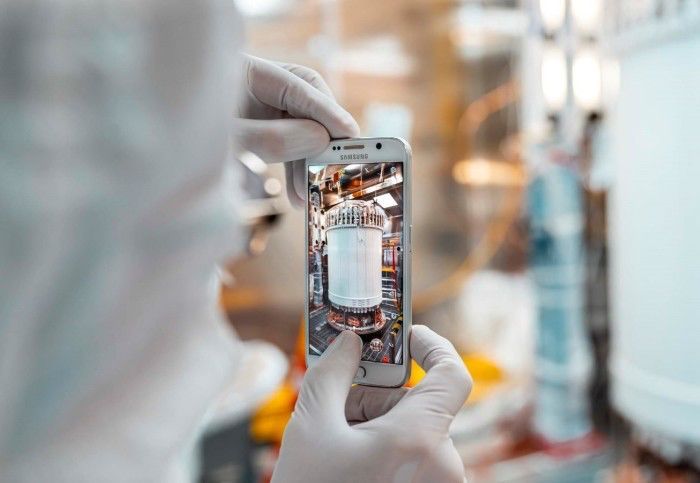
Leading Xenon Researchers unite to build next-generation Dark Matter Detector
Hundreds of global researchers, including University of Zurich, are planning the most sensitive dark matter detector ever built.
-
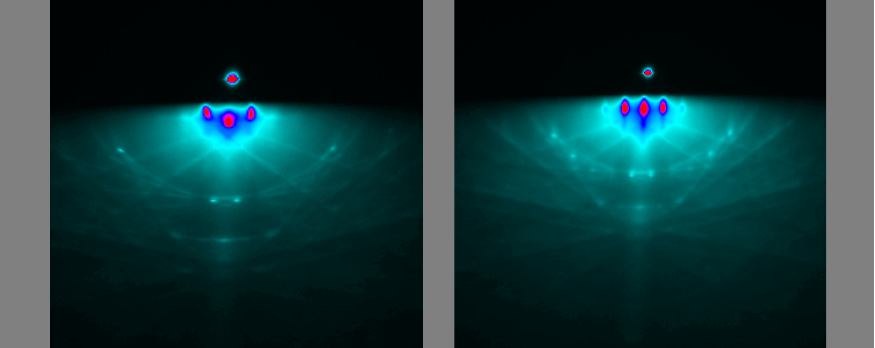
New sputtering system with in situ Reflective High Energy Electron Diffraction
This new system used by the group of Marta Gibert allows to track the growth of complex oxide thin films with atomic precision in real time.
-
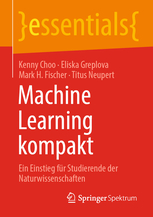
Machine Learning kompakt
Getting Started with Machine Learning - a book by Titus Neupert et al. The book is aimed at students of all sciences and can be downloaded for free (from UZH) https://www.springer.com/de/book/9783658322670
-

GERDA Result: neutrinoless double beta decay
The lower limit for the half-life of the neutrinoless double beta decay (0νββ) of 76Ge is 1.8 × 1026 years, according to the final result of the GERDA experiment at the LNGS underground laboratory in Italy.
-
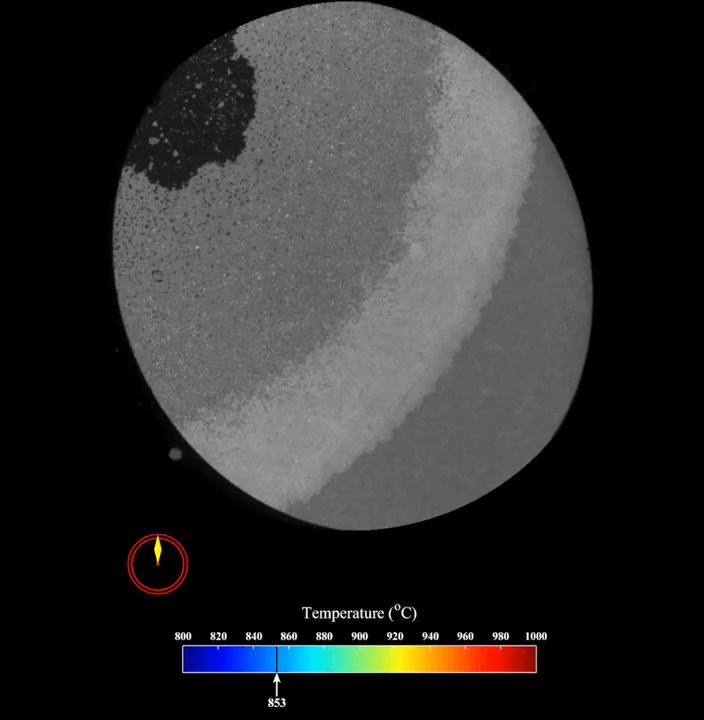
High-quality hexagonal boron nitride from 2D distillation
Hexagonal boron nitride (h-BN) is the key packaging material in two-dimensional (2D) materials field, though synthesis of high-quality h-BN has remained a major challenge. Cun at al. reported a new scheme to fabricate single layer h-BN
-
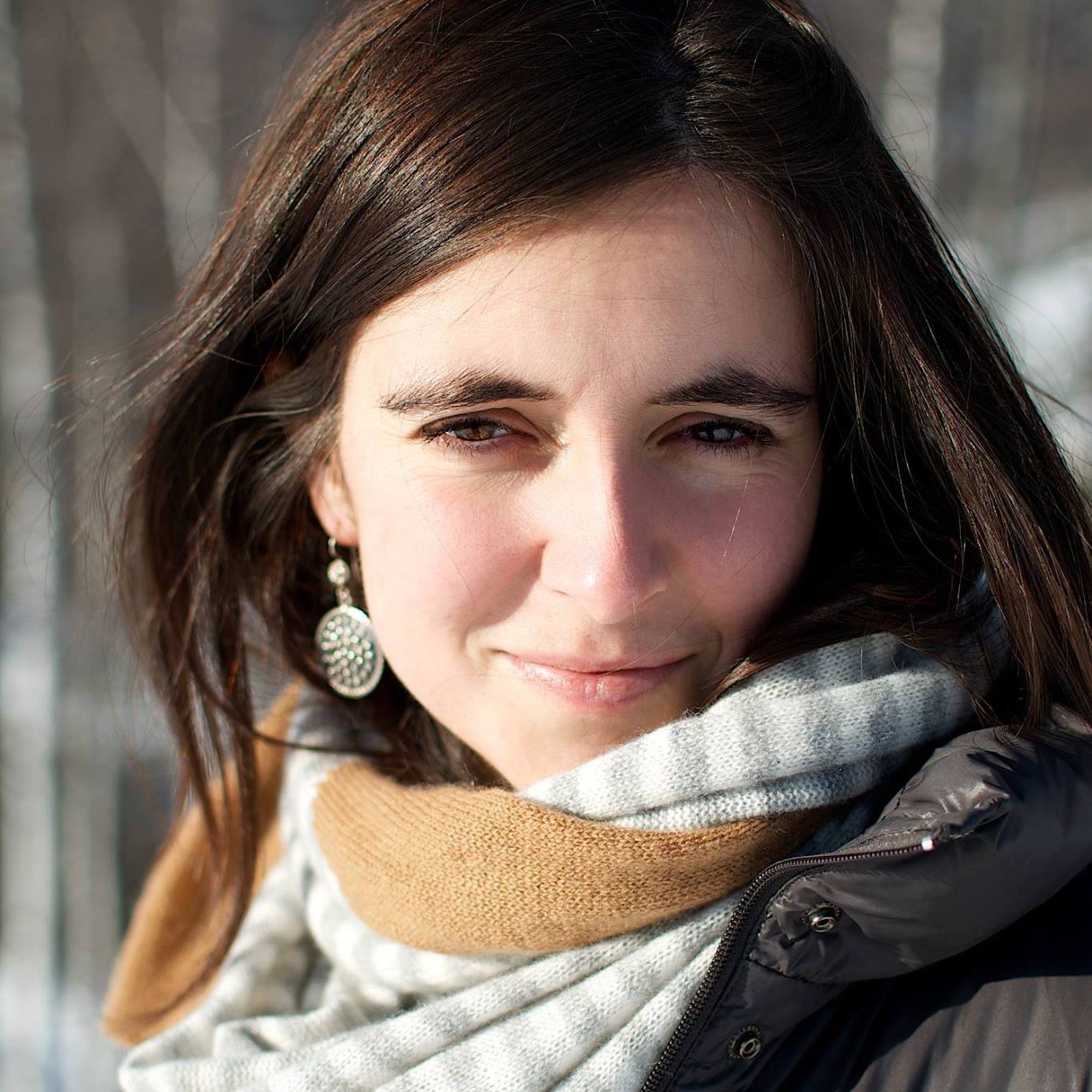
CMS Award for Cristina Botta
Cristina Botta was awarded for her outstanding contributions in developing and coordinating the physics trigger menu for the CMS Level-1 Phase-2 Trigger upgrade (more)
-

WannierBerri
The Python code WannierBerri developed by Stepan Tsirkin breaks the records of speed in evaluation of anomalous transport in solids.
-
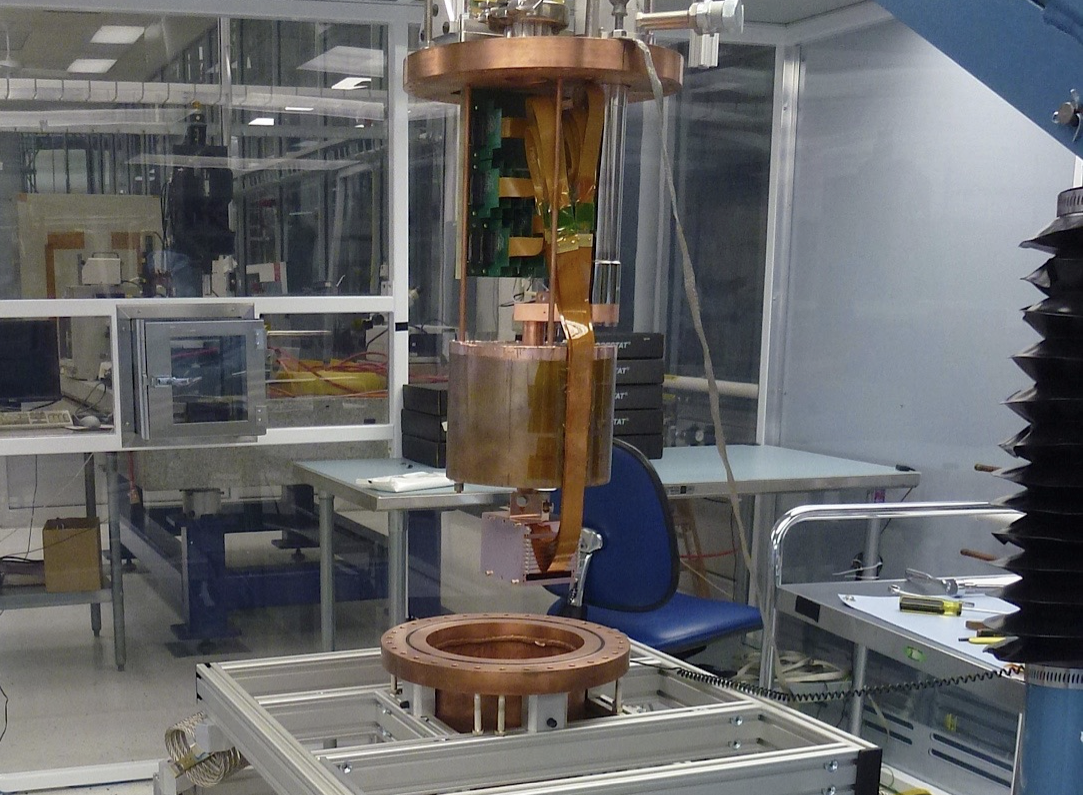
Damic
The DAMIC experiment has uncovered an interesting excess of events while searching for dark matter. The probability that the background produced the excess is less than one in a thousand.
-
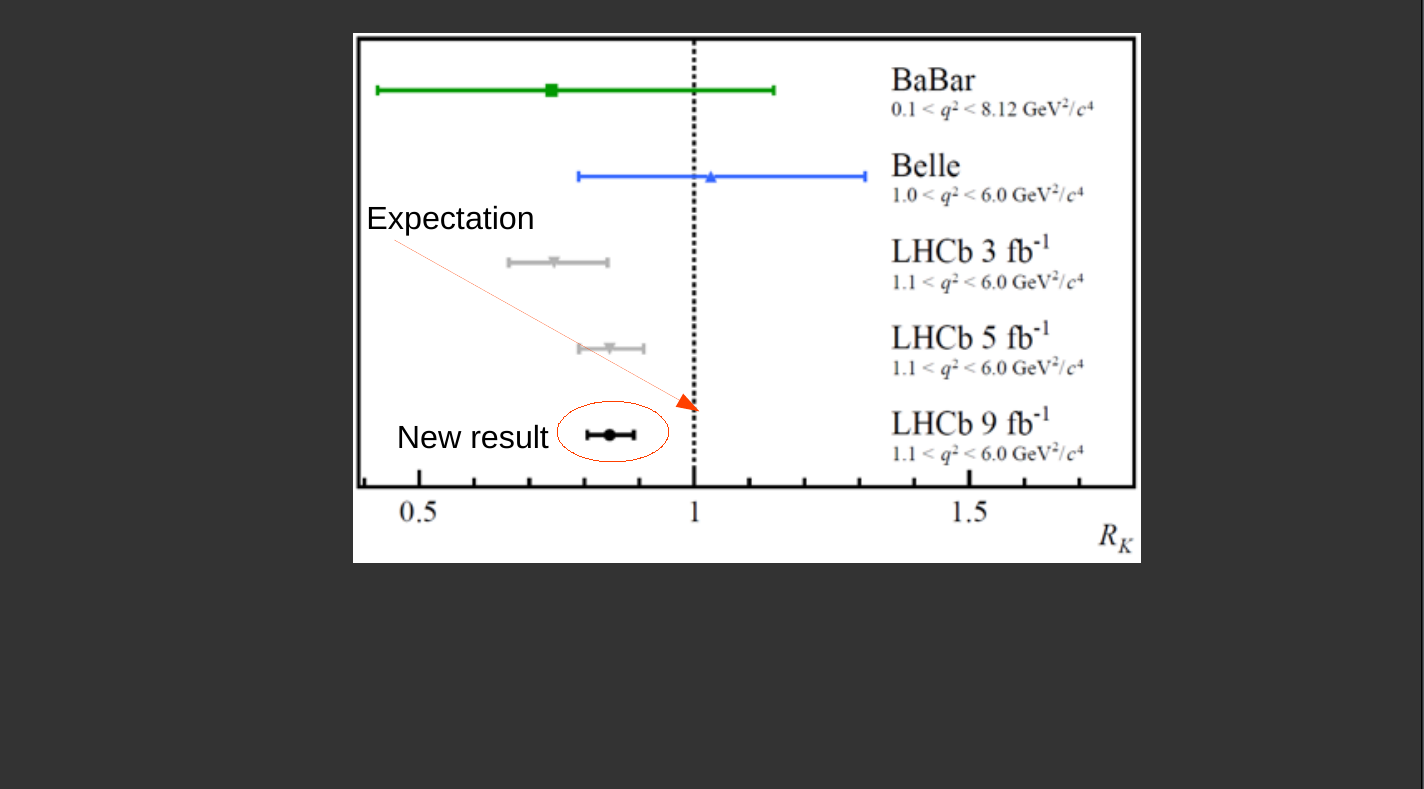
Recent Results from LHCb Challenge Leading Theory in Physics
The LHCb collaboration has just released new intriguing results. The latest measurements strengthen hints for a deviation with respect to the theoretical expectations.
-
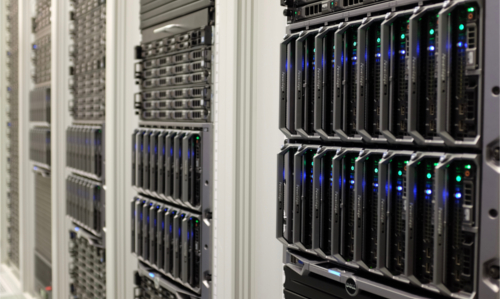
ERC grant: TOPUP - Theory of Particle Collider Processes at Ultimate Precision
Professor Thomas Gehrmann receives an ERC Advanced Grant to develop new methods for precision calculations in particle physics.
-
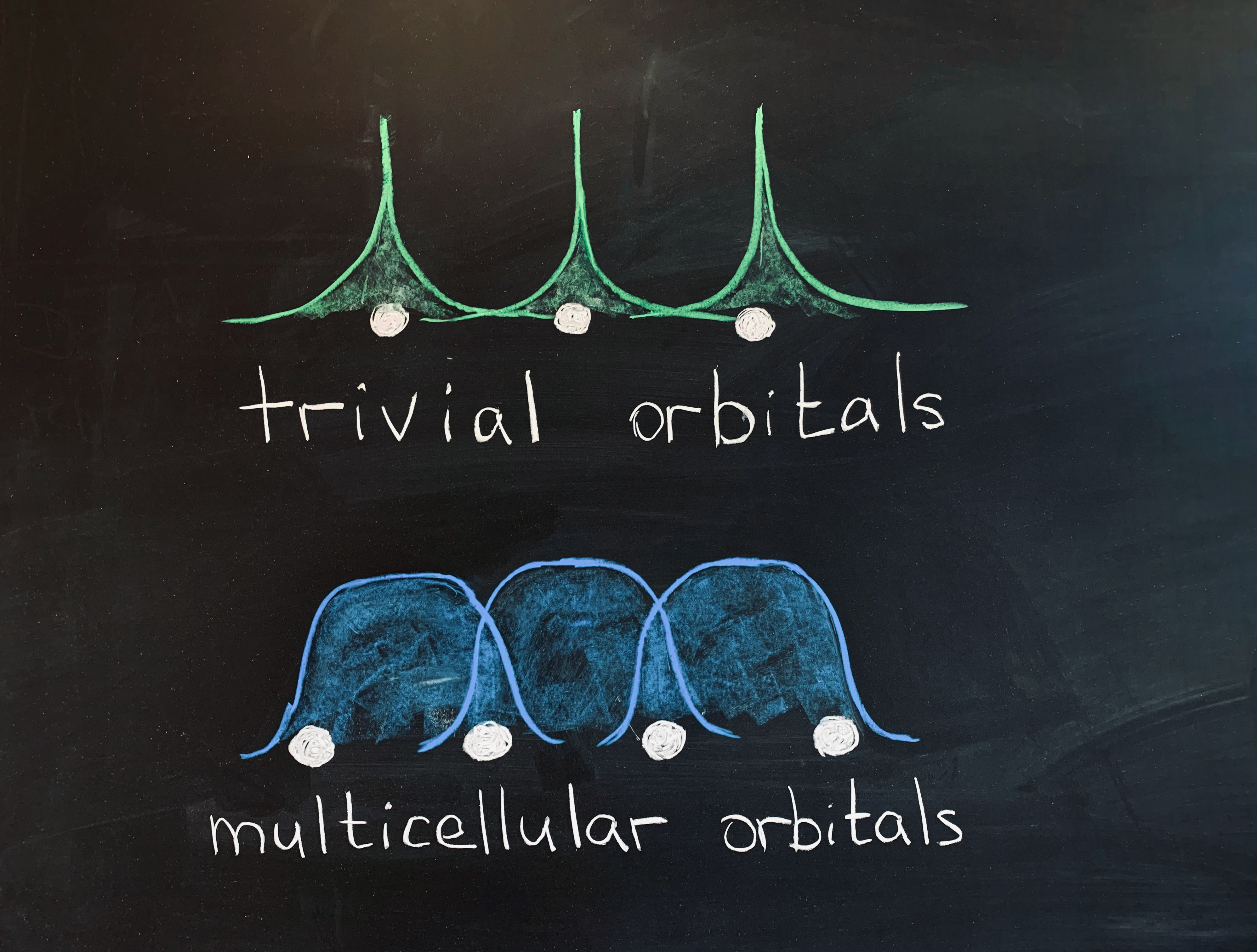
Theorists discover new paradigm of topological band structures
In their recent work members of the group Neupert extend the paradigm of topological insulators to areas which were previously thought to contain only trivial insulators.
-
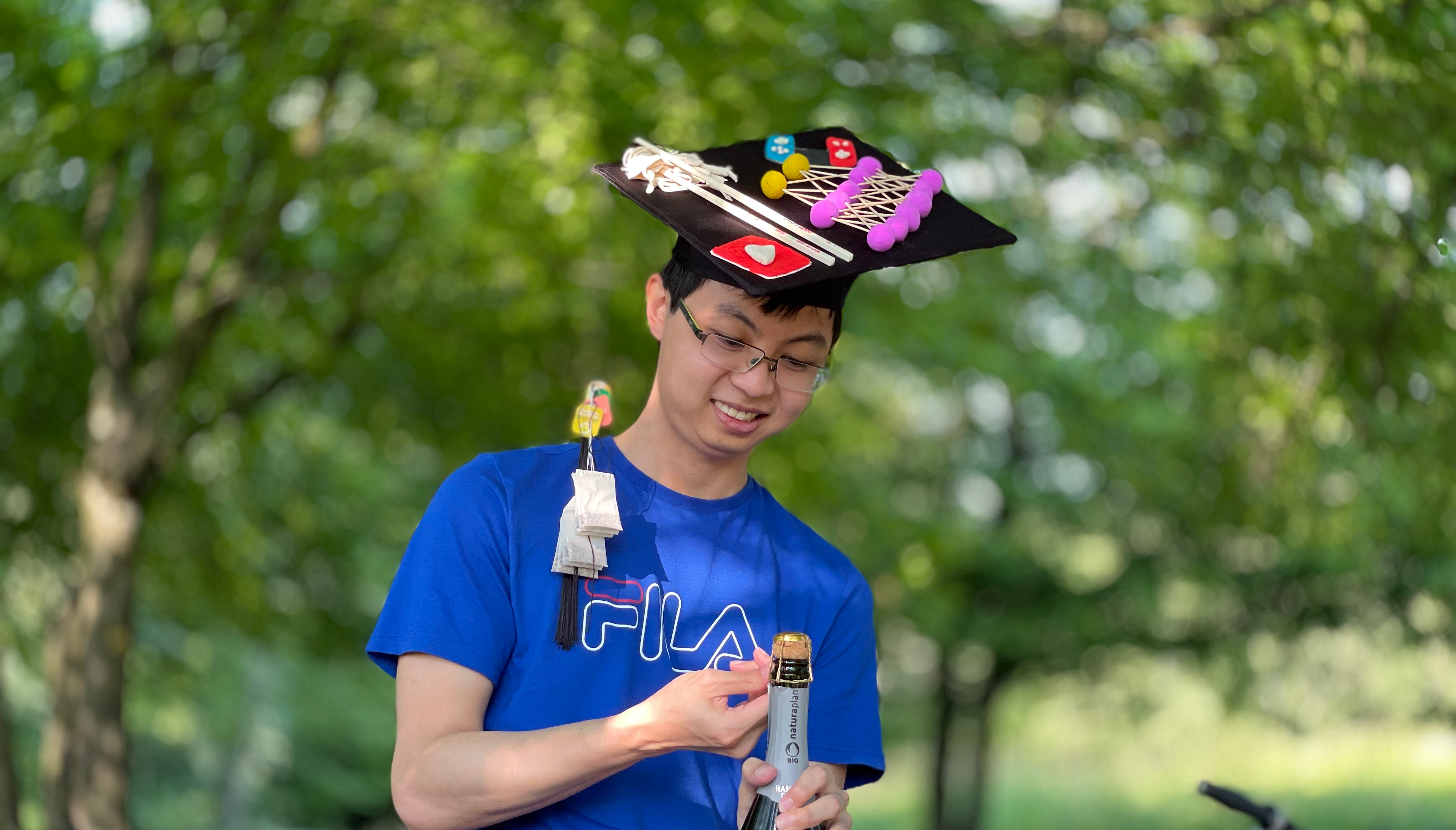
Kenny Choo obtains SPS Thesis Award
For his PhD work on Neural Network Quantum States, Kenny Choo from the Condensed Matter Theory Group obtained the 2021 PhD Thesis Award from the Swiss Physical Society in the category Computational Physics.
-
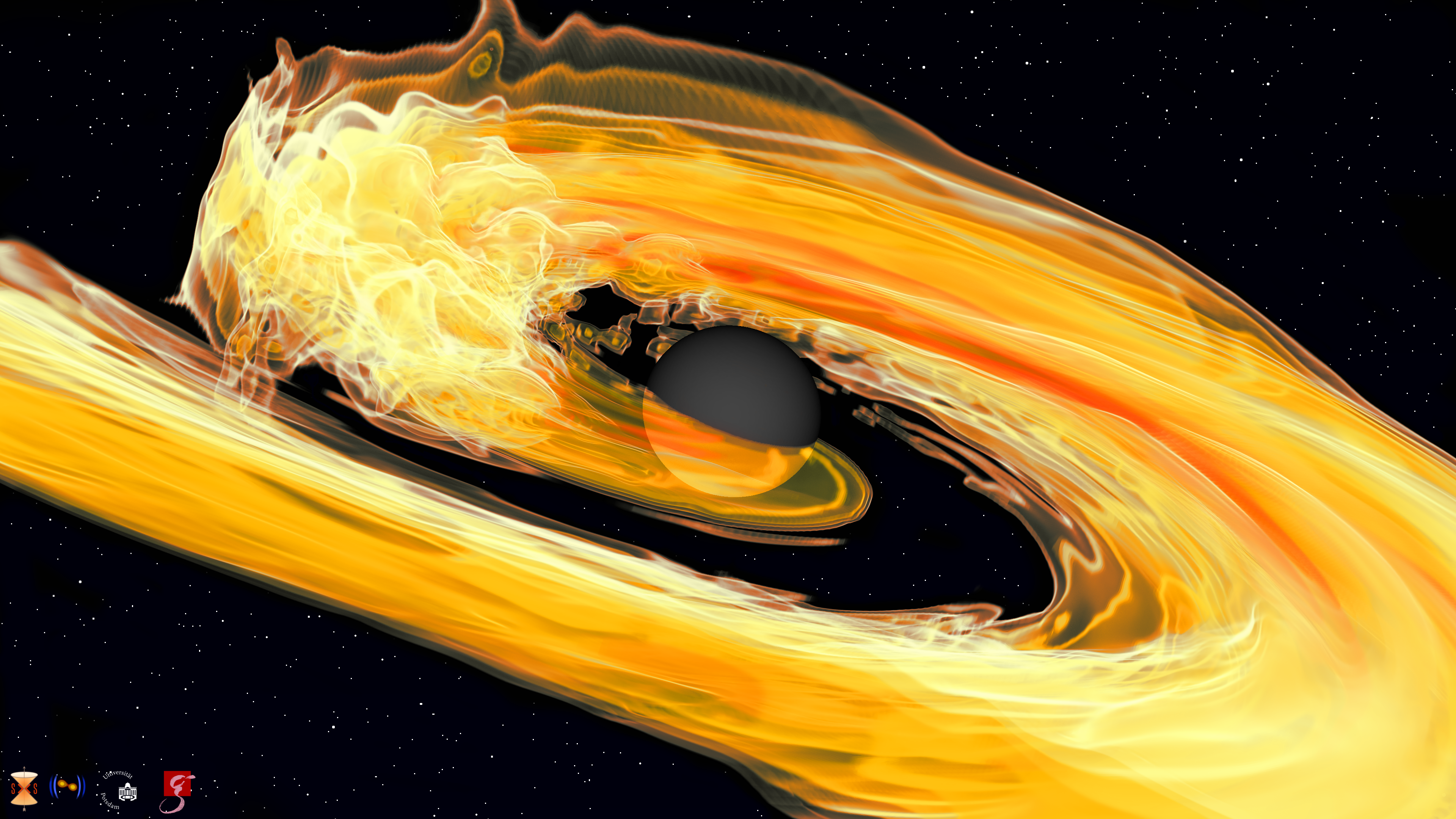
First discovery of a neutron star colliding with a black hole
For the first time, gravitational-wave astronomers of the LIGO collaboration - including Maria Haney und Shubhanshu Tiwari from the group of Philippe Jetzer - have confirmed the detection of a collision between a black hole and a neutron star.
-
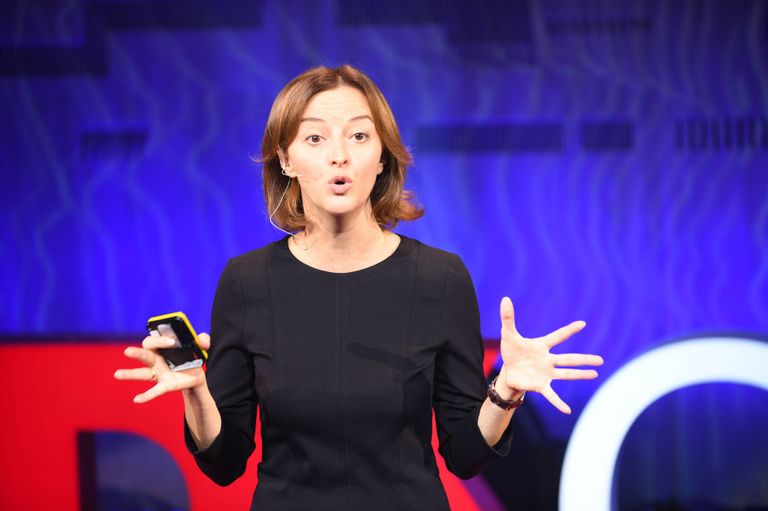
Making the invisible visible
Astroparticle physicist Laura Baudis searches for hidden matter
SCNAT portrays Laura Baudis in the series Women Scientists in Former Male Domains. -
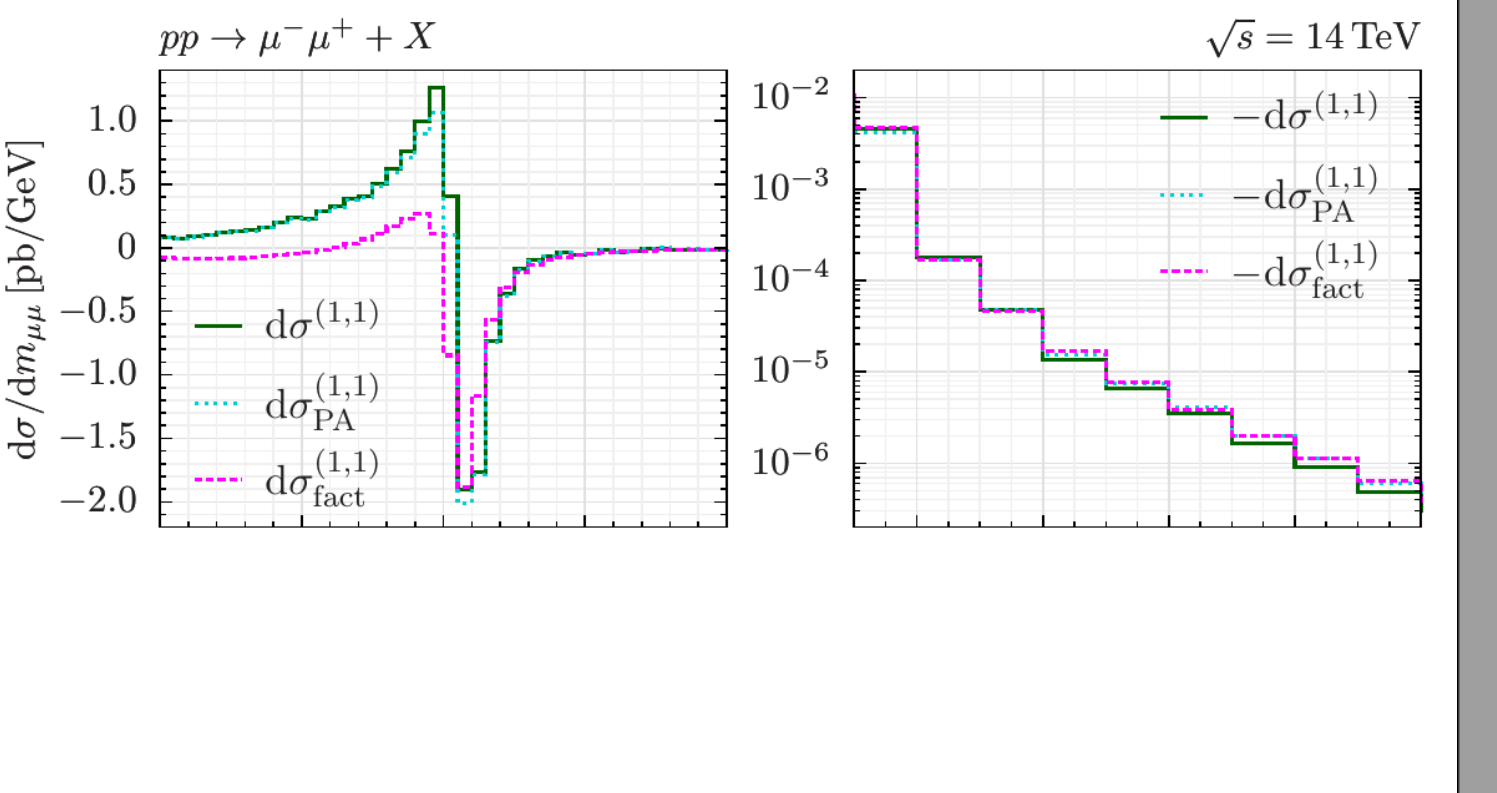
Theory meets Experiment: Ultimate precision for the Drell-Yan process
Theoretical particle physicists of the group of Massimiliano Grazzini have completed the first computation of strong-electroweak corrections to the Drell-Yan process.
-
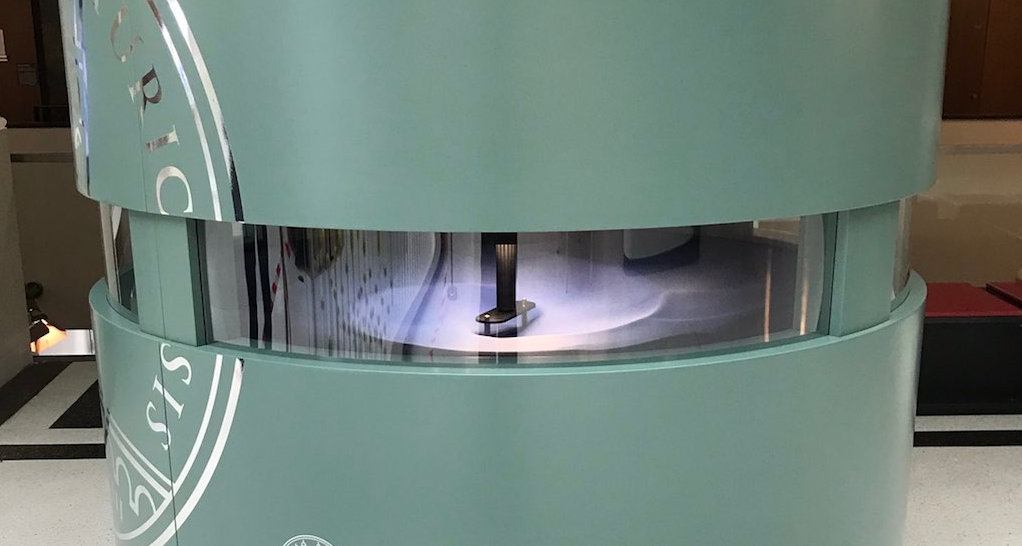
-

-
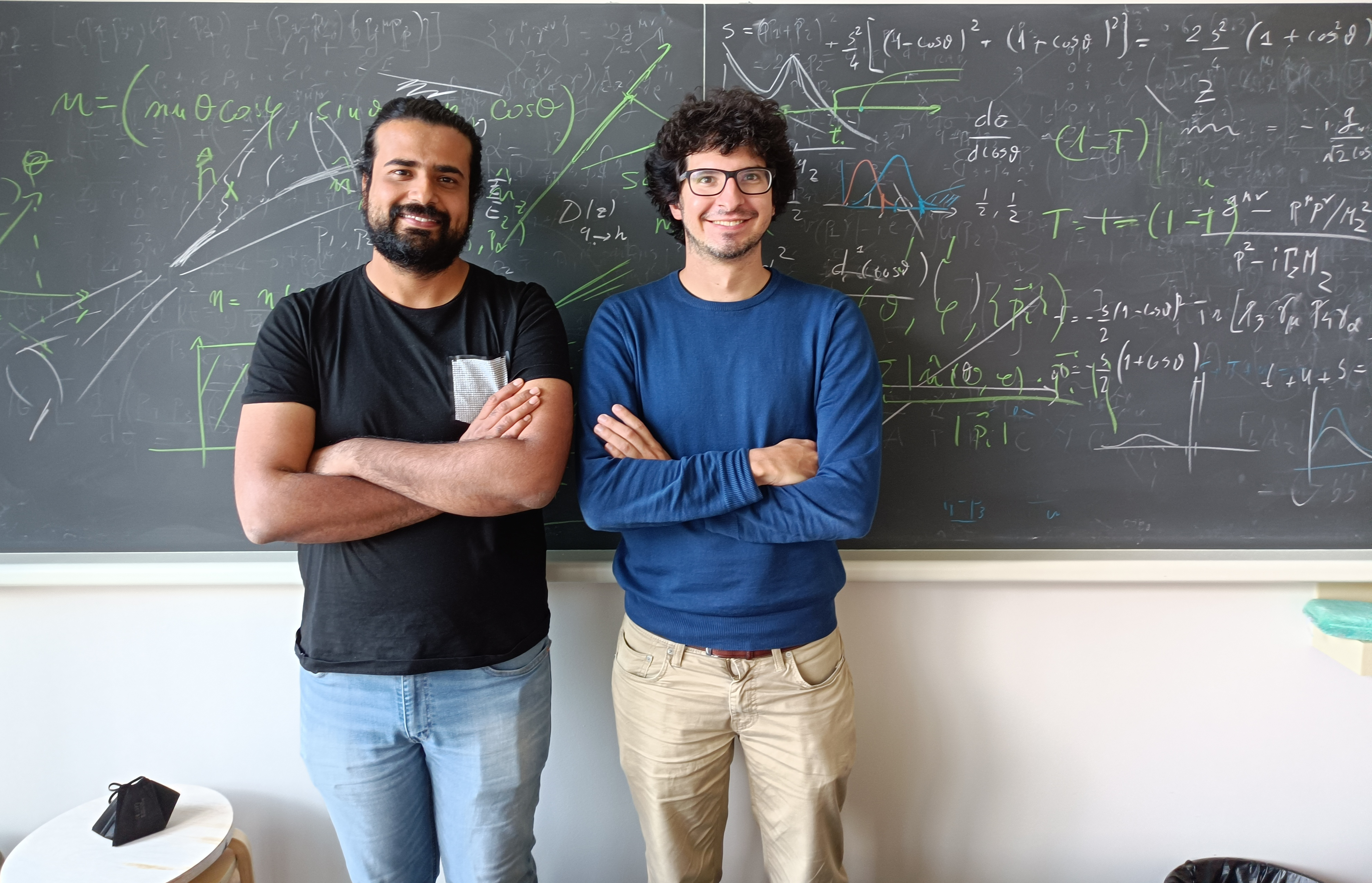
Two new Ambizione Fellows
Congratulations: Luca Rottoli (group Grazzini) and Shubhanshu Tiwari (group Jetzer) receive a SNF Ambizione grant for the next four years!
-

Re-Installation of the CMS Pixel Detector
After more than two years of maintenance and upgrade during the LHC shutdown, the pixel detector in the center of the CMS detector was re-installed.
-
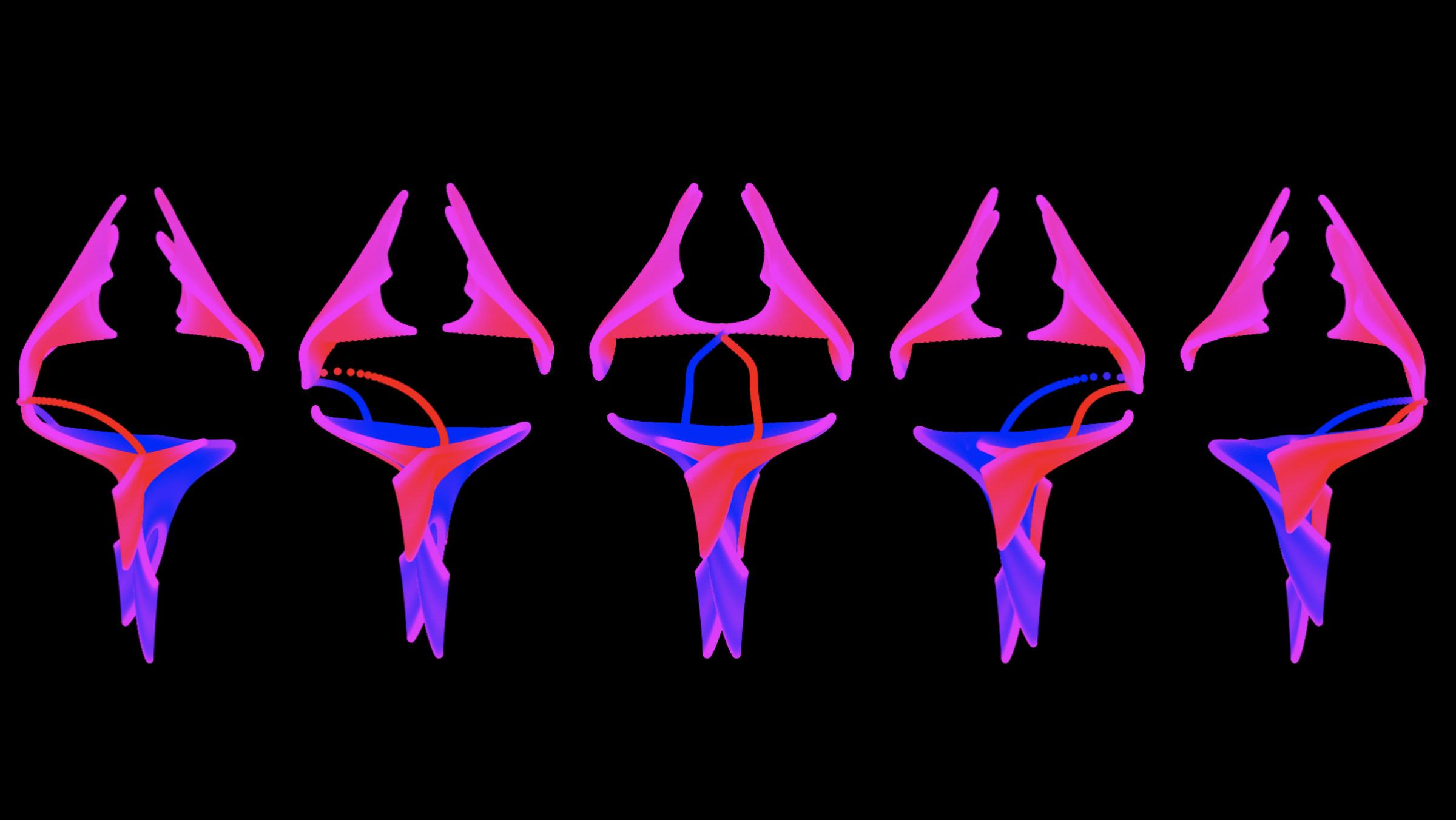
Exceptional Topological Insulators
Researchers from the group Neupert propose the non-Hermitian analogue of three-dimensional topological insulators.
-
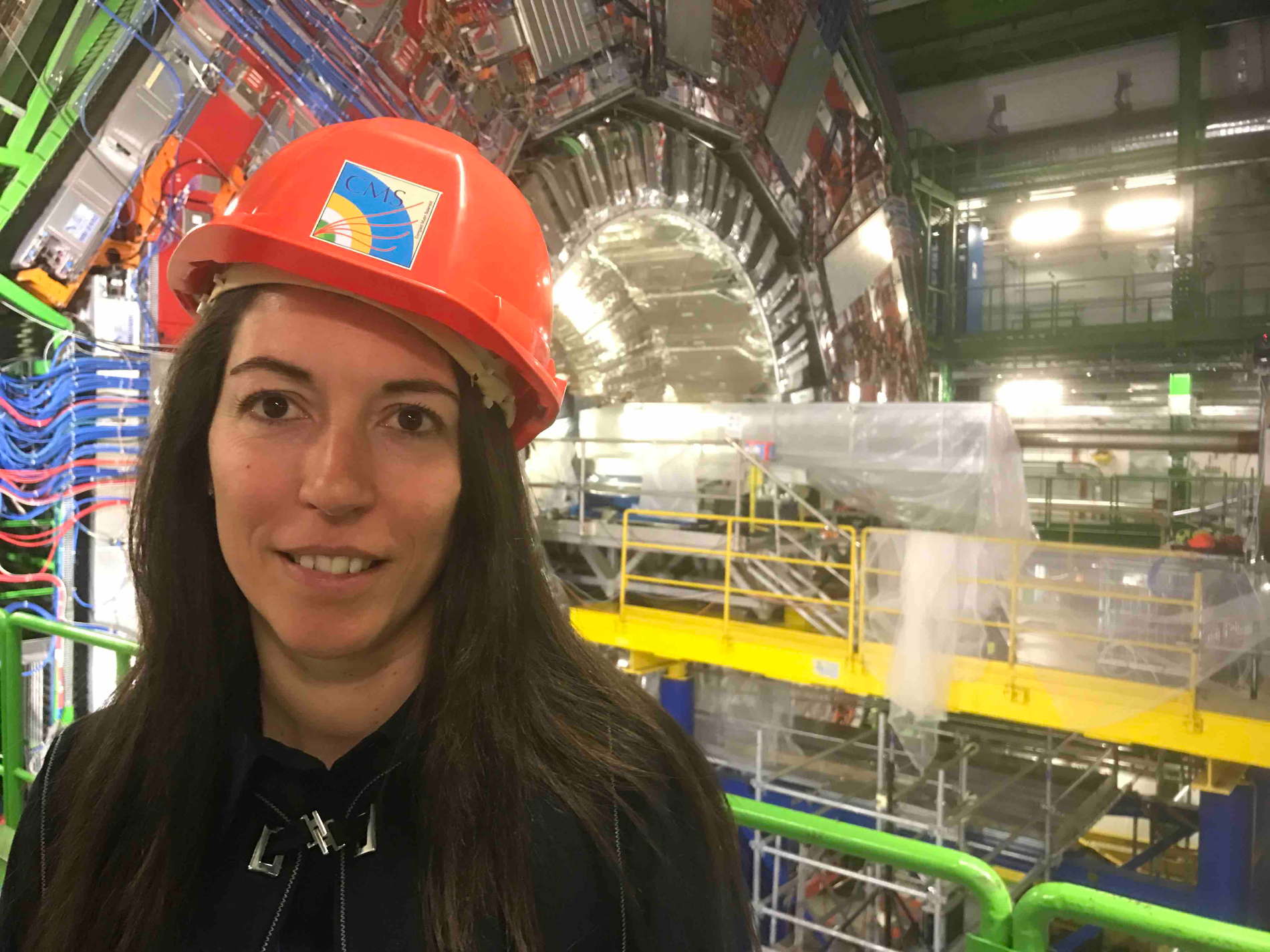
Florencia Canelli - new CMS Physics Coordinator
Congratulations to Florencia Canelli who started her job as CMS Physics Coordinator September 1st!
-
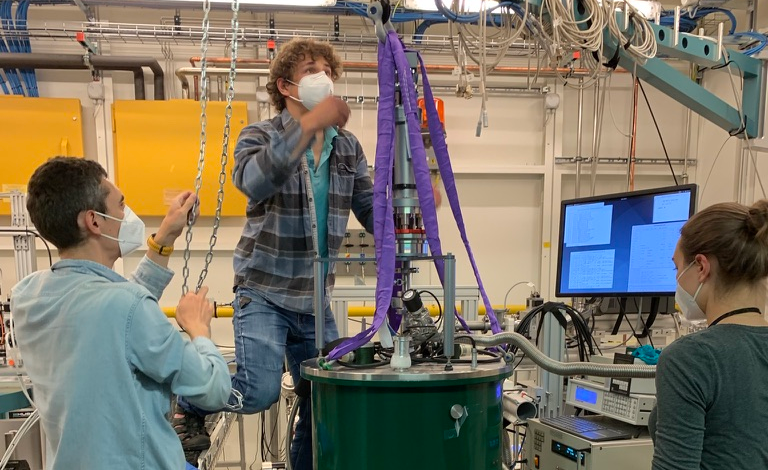
New strain cell for neutron and x-ray scattering
A collaboration between the groups of Profs. Chang and Janoschek and the PSI, has developed a novel strain cell that can be combined with high-resolution synchrotron diffraction techniques allowing to change the strain of a quantum material in-situ while directly observing the lattice symmetry.
-
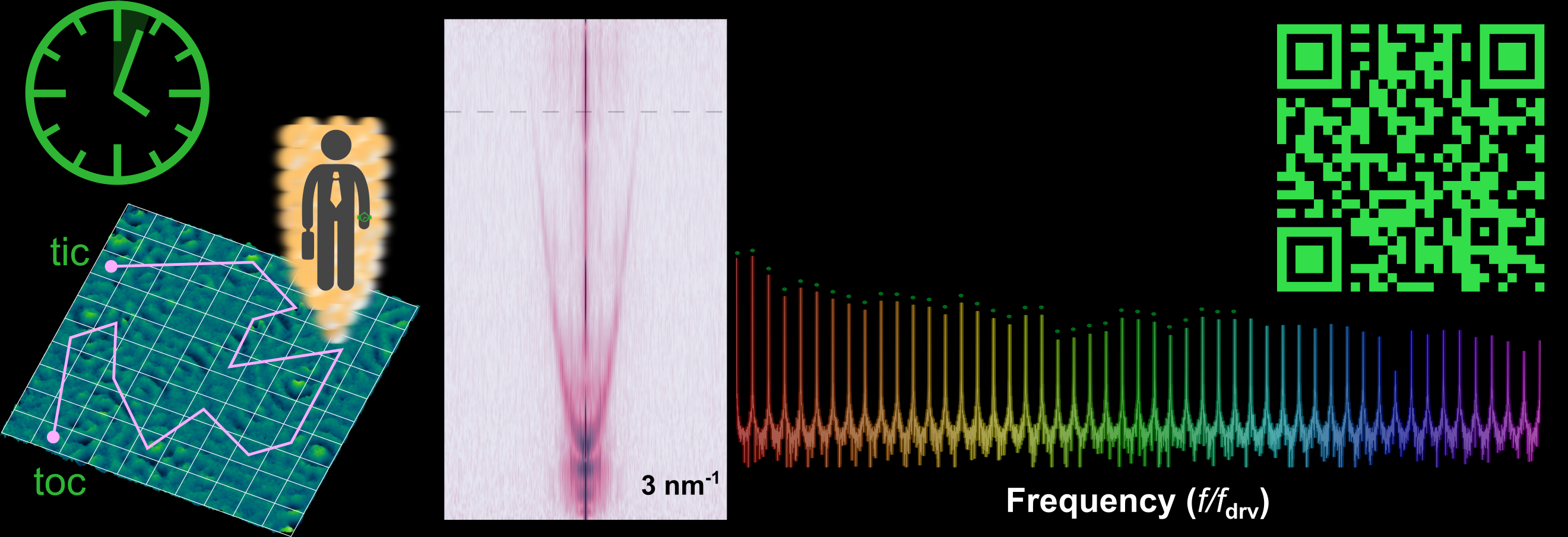
Fast spectroscopic mapping of two-dimensional quantum materials
New publication by the group of Fabian Natterer in Phys. Rev.
-
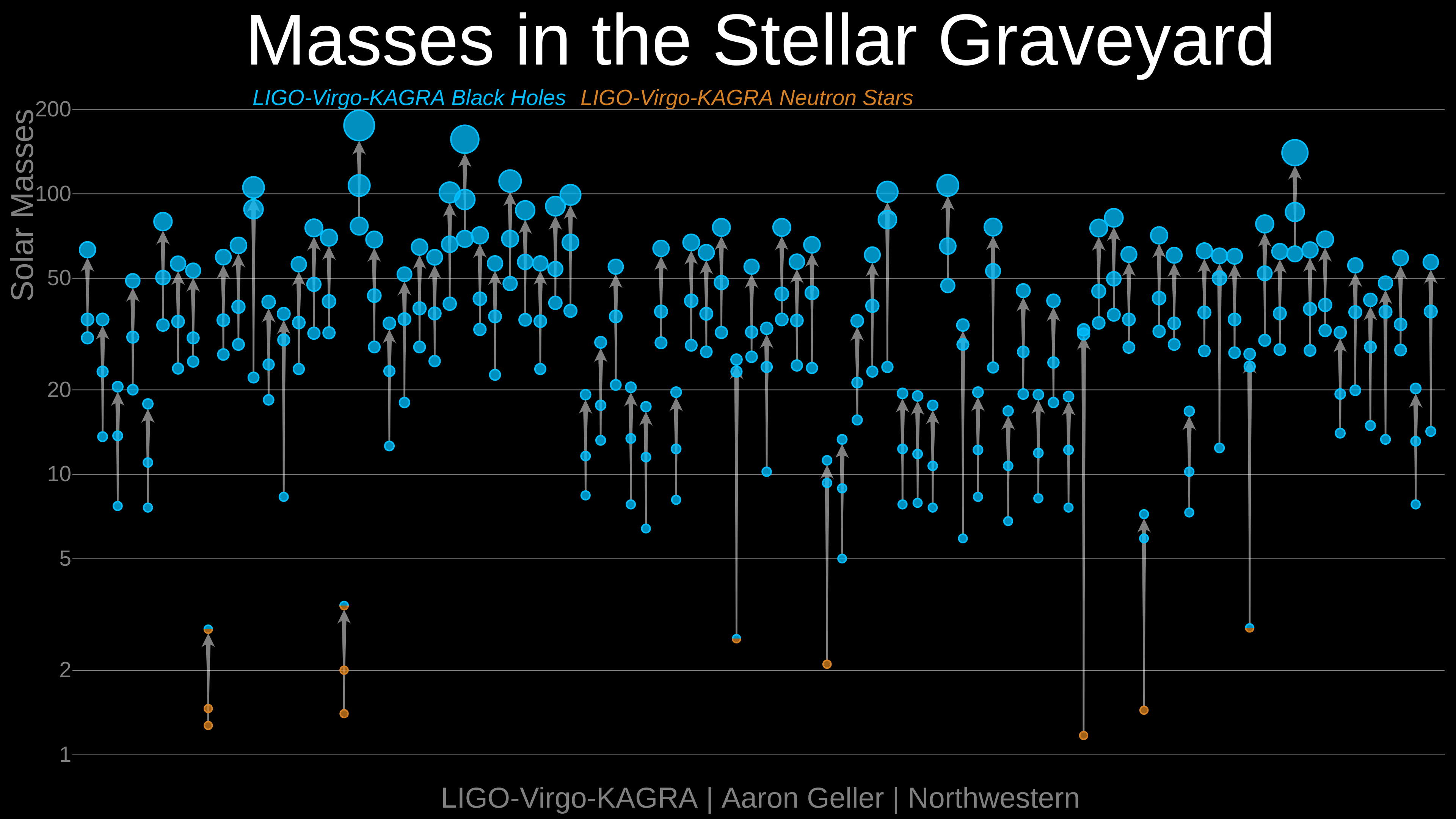
Gravitational-Wave Catalog
Black holes of ‘all shapes and sizes’ in new gravitational-wave catalog
-
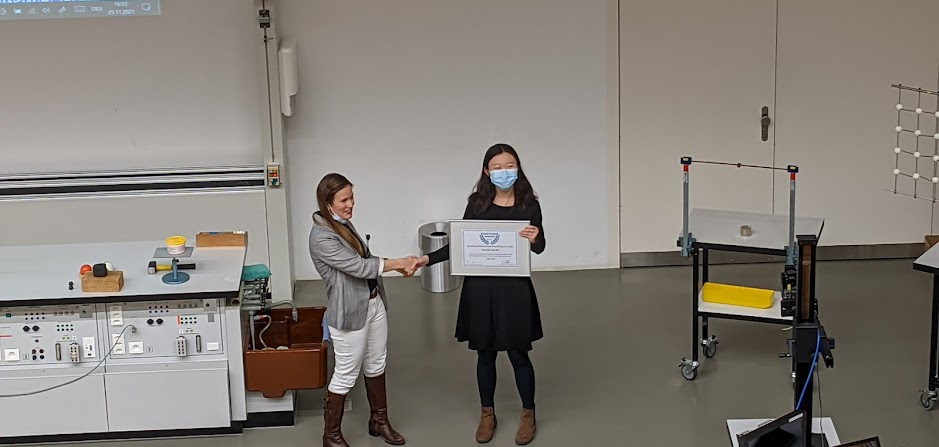
Dectris Prize 2021 - Vera Hiu-Sze Wu
Congratulations to Vera Hiu-Sze Wu, the winner of the DECTRIS Experimental Physics Prize! The Prize is given to an excellent Master's thesis in experimental physics at our institute.
-

Open Day 2021, November 26
Members of the Physics Department presented 40 posters with current research directions and ideas for future experiments and lead through the mechanical workshop and the research laboratories.
- Charge order and superconductivity in kagome materials
- Two videos about activities at our department
- RAI SuperQuark: Italian TV report on recent LHCb results
- Next Generation Dark Matter Detector
- New sputtering system
- Machine Learning kompakt
- GERDA Result: neutrinoless double beta decay
- High-quality hexagonal boron nitride from 2D distillation
- CMS Award for Cristina Botta
- WannierBerri
- Damic
- Recent Results from LHCb Challenge Leading Theory in Physics
- ERC Grant: Thomas Gehrmann
- Topological band structures
- Kenny Choo obtains SPS Thesis Award
- Black hole - neutron star merger
- Making the invisible visible
- Ultimate precision for Drell-Yan predicitions
- Gravitational wave exhibit
- Roland Engfer
- Ambizione Fellows
- Re-Installation of the CMS Pixel Detector
- Topological Insulators
- New strain cell for neutron and x-ray scattering
- Fast spectroscopic mapping
- Gravitational-Wave Catalog
- Dectris Prize 2021 - Vera Hiu-Sze Wu
- Open Day 2021